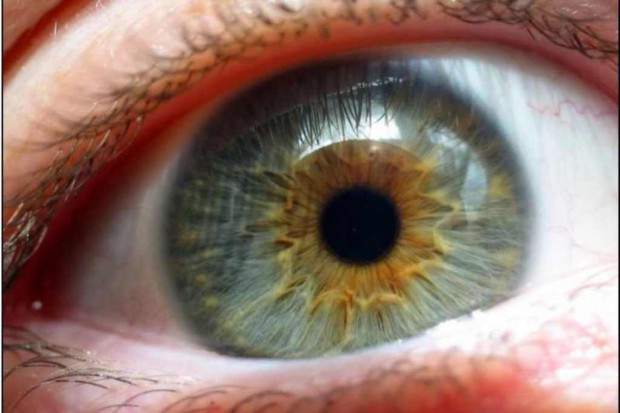Pancreatic Cancer – Symptoms, Diagnosis and Treatment

Pancreatic cancer ranks number 12 in malignant diseases worldwide and number 7 in terms of mortality, given by the number of patients who die as a result of this disease.

Despite great efforts and countless medical advances in prevention and early detection, pancreatic cancer is detected in a late stage, when it has already invaded distant organs in more than 52% of cases, this being one of the attributable reasons to its high mortality.
Table of Contents
What is pancreatic cancer?
As its name indicates, pancreatic cancer is the growth of disordered cells that invade and damage the structure and function of the organ and that have the ability to spread or invade other organs of the body, causing damage to all of them.
Symptoms of pancreatic cancer.
- Anorexia. Lack of appetite is a nonspecific early-onset sign.
- Pain in the upper abdomen. Persistent pain in the upper abdomen that can vary both in intensity and frequency of appearance, is usually present throughout the disease.
- Pain in the middle of the back. The back pain is of severe intensity located in the middle part.
- General malaise. Non-specific sign that can last for months until the disease is detected.
- Weakness or chronic fatigue. This nonspecific sign usually accompanies malignant diseases. Because the injury consumes large amounts of energy to maintain its growth.
- Fever. Of unknown origin not associated with infections or colds. It usually occurs for prolonged periods of more than 5 days.
- Nausea. Frequent episodes of nausea that sometimes trigger vomiting.
- Dyspepsia. It means burning sensation and pain in the stomach.
- Stomach distention. Often patients feel like their intestines are swelling up abruptly.
- Marked weight loss. This loss is unintentional and is not due to caloric restrictions, that is, the patient eats even more than is normal for his lifestyle and still exhibits weight loss in a very short period of time.
- Steatorrhea. It means the presence of large amounts of fat in the stool, which makes it difficult to remove from the toilet or toilet, as well as a strong and very unpleasant odor.
- Jaundice. Marked yellowing of the skin and mucous membranes.
- Glucose intolerance. The alteration of the functions of the pancreas prevents secreting enough insulin when it is required.
- Diabetes. Caused by the destruction of pancreatic cells, the ability to produce insulin is lost, triggering diabetes.
- Pruritis. Episodes of itching or stinging for no apparent reason are frequent, patients show marks on their arms and abdomen as a result of this itching.
How is pancreatic cancer diagnosed?
After a patient has signs suggestive of pancreatic cancer and the doctor questions him, he can guide the need for tests to rule out this disease.
Finding the presence of one or more masses in the abdomen during the physical examination sets off alarms and dramatically increases the risk of the patient suffering from the medical condition. In both cases, imaging tests or examinations will be indicated, which may show the injuries typical of this condition. Requested exams will include:
- Computed tomography.
- Ultrasonography, both transcutaneous and endoscopic.
- Retrograde cholangiopancreatography.
- Magnetic resonance.
- Positron emission tomography.
- Biopsy of the lesion (this is the definitive test, which identifies the type of cells that cause this condition).
Risk factors for pancreatic cancer.
- Overweight and obesity.
- Smoking cigarettes or using tobacco products.
- Chronic pancreatitis. It is the inflammation of the pancreas on several occasions.
- Parents or siblings with pancreatic cancer.
- Mellitus diabetes.
Pancreatic Cancer Treatment.
The treatment of this medical condition will depend on the stage or stage in which it is found at the time of its diagnosis. When the disease is limited to the pancreas and has not invaded neighboring organs, the organ is removed or removed.
Surgical recession. Removal of the pancreas to prevent the spread of the disease and cure the patient.
Palliative treatments. Intended to improve the patient’s living conditions and reduce symptoms, pain management, digestive tract decompression, nutritional support, etc.
Radiation therapy. Application of ionizing radiation on the affected area, to reduce the size of the tumor mass and eventually destroy it.
Irreversible electro perforation of membrane. Placement of small electrodes and currents that pierce or open holes in the cell membrane, destroying malignant cells.
You microwave. Use of microwaves to achieve the reduction or destruction of the tumor mass.
High intensity localized ultrasound. It uses shock waves generated by ultrasound or high-frequency sound waves focused on the area where the tumor is located, to destroy its cells.


